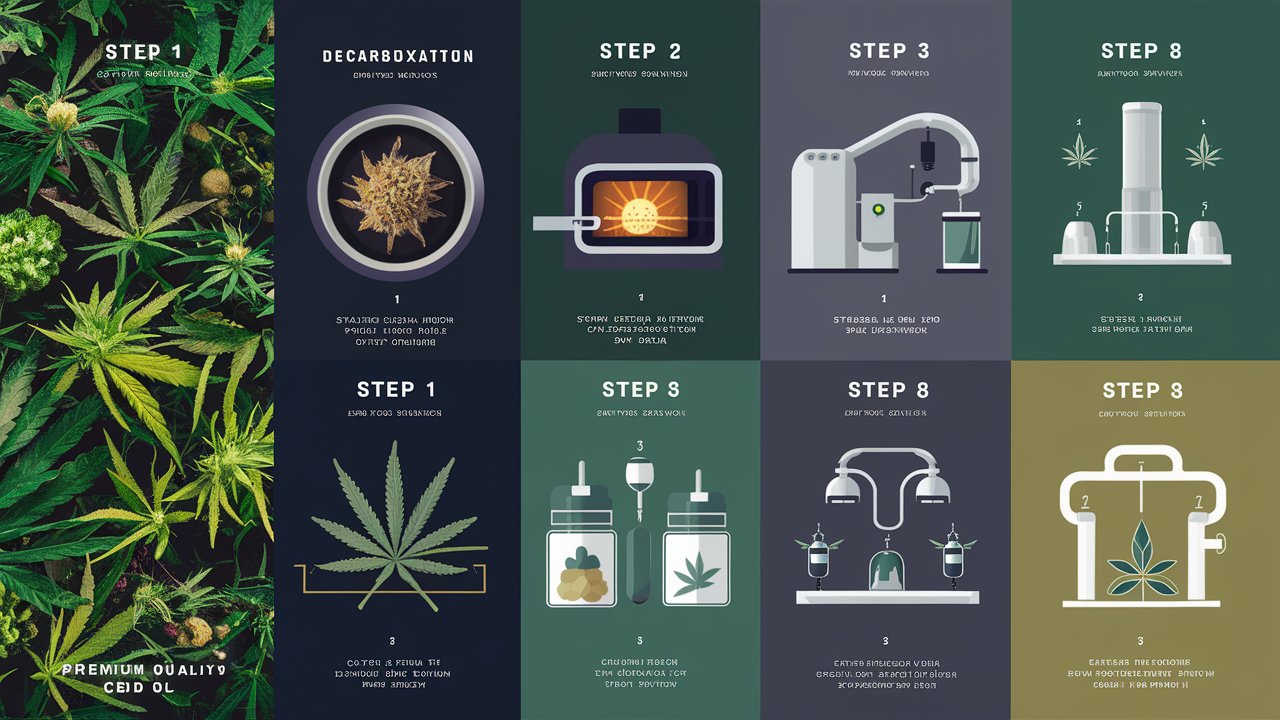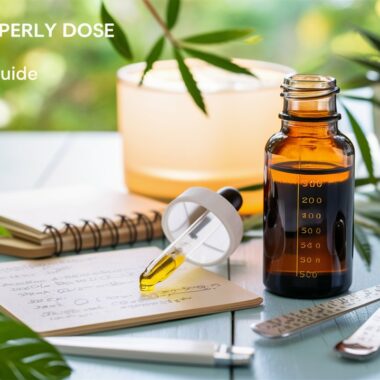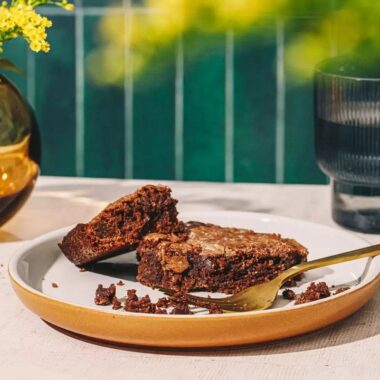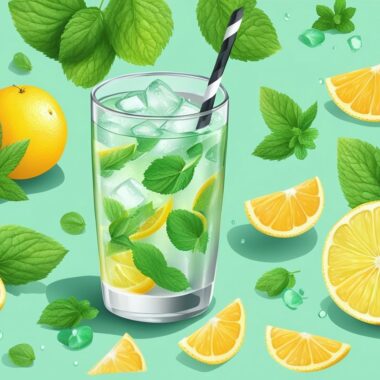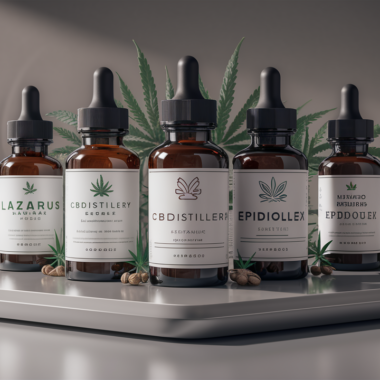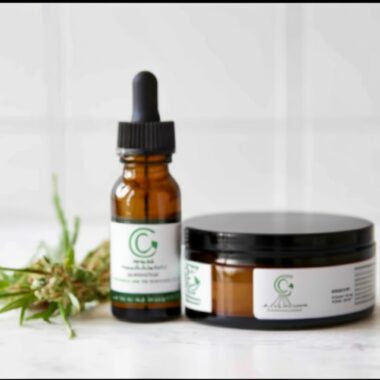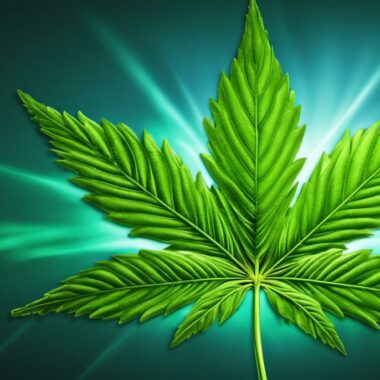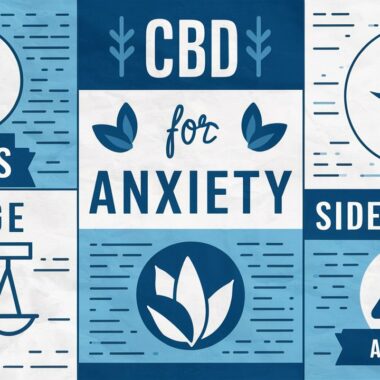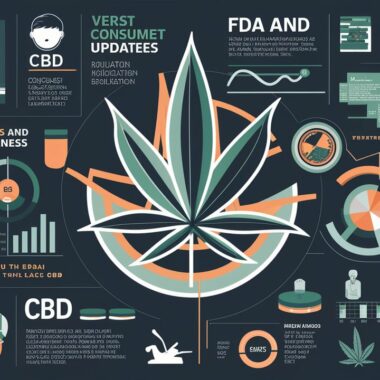In recent years, CBD oil has gained significant popularity due to its potential health benefits, including pain relief, anxiety reduction, and anti-inflammatory properties. Crafting high-quality CBD oil at home can be a rewarding endeavor, ensuring you have a pure, potent product. This comprehensive guide will walk you through the essential steps to produce premium CBD oil.
Step 1: Selecting the Right Hemp Strain
The first and most crucial step in creating high-quality CBD oil is selecting the right hemp strain. Not all hemp plants are created equal. When choosing a strain, consider the CBD content, terpene profile, and cannabinoid spectrum.
- CBD Content: Look for strains with high CBD levels and low THC levels (below 0.3%).
- Terpene Profile: Terpenes contribute to the aroma and potential therapeutic effects. Strains rich in terpenes like myrcene, linalool, and limonene are desirable.
- Cannabinoid Spectrum: Choose between full-spectrum, broad-spectrum, or CBD isolate based on your preference for additional cannabinoids and terpenes.
Step 2: Harvesting and Drying the Hemp
Once you have selected your strain, the next step is harvesting and drying the hemp. Proper harvesting and drying are essential to preserve the cannabinoids and terpenes.
- Harvest Timing: Harvest the hemp plants when the trichomes are milky white, indicating peak CBD concentration.
- Drying Process: Hang the harvested plants upside down in a dark, well-ventilated area. Aim for a humidity level of 50-60% and a temperature of 60-70°F. This process typically takes 7–10 days.
Step 3: Decarboxylation
Decarboxylation is a critical step in activating the CBD in the hemp. This process converts CBDA (cannabidiolic acid) into CBD through heat.
- Oven Method: Preheat your oven to 240°F (115°C). Spread the dried hemp on a baking sheet and bake for 40–60 minutes, stirring occasionally. The hemp should turn light brown and emit a pleasant aroma.
Step 4: Extraction Methods
There are several methods for extracting CBD oil from the hemp plant. The choice of extraction method significantly impacts the quality and purity of the final product.
- CO2 Extraction: This method uses supercritical CO2 to pull CBD and other beneficial compounds from the plant material. It is considered the gold standard due to its efficiency and safety.
- Ethanol Extraction: A more accessible method that uses ethanol as a solvent. While effective, it can sometimes pull unwanted compounds like chlorophyll.
- Oil Infusion: This traditional method involves infusing hemp in a carrier oil like MCT oil, olive oil, or coconut oil. It is straightforward, but may result in lower potency.
Step 5: Filtration and Purification
After extraction, the next step is filtration and purification to remove any impurities and enhance the CBD oil‘s quality.
- Winterization: If using ethanol extraction, perform winterization to remove fats and waxes. Mix the extract with ethanol and freeze it for 24–48 hours, then filter out the precipitates.
- Filtration: Use a fine mesh filter or a coffee filter to strain the extract, ensuring a clean, clear oil.
Step 6: Choosing the Carrier Oil
The choice of carrier oil affects the bioavailability and overall effectiveness of the CBD oil. Popular carrier oils include:
- MCT Oil: Known for its quick absorption and neutral flavor.
- Olive Oil: Rich in antioxidants and has a robust flavor.
- Hemp Seed Oil: Provides additional nutrients and maintains a hemp-derived product.
Step 7: Mixing and Blending
Once the CBD extract is filtered and purified, it’s time to mix it with your chosen carrier oil.
- Blending Ratio: A common ratio is 1 gram of CBD extract to 20 milliliters of carrier oil, but this can vary based on desired potency.
- Homogenization: Use a blender or immersion blender to thoroughly mix the extract and carrier oil, ensuring a uniform solution.
Step 8: Bottling and Storage
Proper bottling and storage are essential to maintain the quality and potency of your CBD oil.
- Bottling: Use dark glass bottles to protect the oil from light exposure, which can degrade CBD.
- Storage: Store the bottles in a cool, dark place. Avoid exposure to heat and light to prolong shelf life.
Quality Control and Testing
To ensure the highest quality, consider conducting third-party lab testing for your CBD oil. This testing can verify CBD content, THC levels, and the absence of contaminants like pesticides, heavy metals, and solvents.
Benefits of High-Quality CBD Oil
Understanding the benefits of high-quality CBD oil can motivate you to follow these steps meticulously:
- Pain Relief: CBD interacts with the endocannabinoid system to reduce inflammation and pain.
- Anxiety and Depression: It has been shown to have calming effects, reducing anxiety and depression symptoms.
- Sleep Improvement: CBD can improve sleep quality by addressing underlying issues like anxiety and pain.
- Skin Health: Topical application can help with skin conditions like acne and eczema.
Conclusion
Crafting high-quality CBD oil at home is a rewarding process that ensures you have a pure, potent product tailored to your needs. By following these eight steps—selecting the right hemp strain, harvesting and drying, decarboxylation, extraction, filtration, choosing a carrier oil, mixing, and proper bottling and storage—you can create a high-quality CBD oil that offers numerous health benefits.
- CBD Dosage: How Much Should You Take? - October 5, 2024
- The Ultimate Pot Brownie Recipe: A Step-by-Step Guide - October 5, 2024
- CBD-Infused Beverages: A Sober Exploration of the Trend - October 5, 2024

